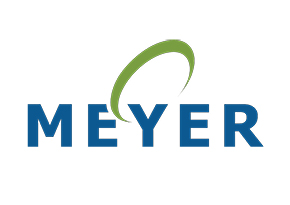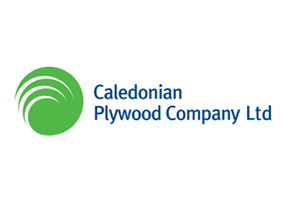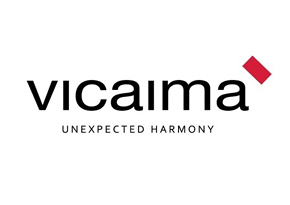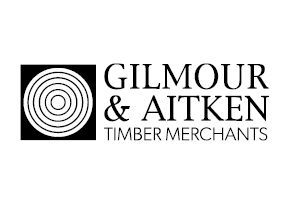Mechanical fixings for wood
In This Series

Wood is a versatile material and can be supplied in a wide range of shapes, sizes and products. When fixing wood components together, or to other materials, there are many different methods to consider, from standard and specialist fixings, to modern synthetic adhesives.
This Choose and Use sheet explains the differences between the two main groups of mechanical fasteners (dowel-type fasteners and connectors or timber engineering hardware).
The sheet also covers the considerations that must be made when selecting fixings, including how a specifier's job differs depending on the type of wood, whether the fixing is internal or external and whether or not the product will be loadbearing.
Contents:
- Dowel-type fasteners
- Nails
- Screws
- Concealed fixings
- Bolts and dowels
- Spacings for dowel-type fasteners
- Timber engineering hardware
Suggested Reading
Introduction to Eurocode 5
The Eurocodes are a series of standards that establish common rules across the European Economic Area (EEA) for structural design using any material. They allow a designer to prove compliance with the requirements of the European Construction Product Regulation and national Building Regulations.
BS EN 1995, more commonly...
27/02/2017 | Wood Information Sheet
Eurocode 5 and CE Marking
Keerthi Ranasinghe peels back the CE mark to reveal the wealth of information for designers driven by the Construction Products Regulation.
Article from the TRADA Timber Industry Yearbook 2013
01/01/2013 | Magazine Article
GD 5 How to calculate deformations in timber structures using Eurocodes
Explains the principles of serviceability limit states set out in Eurocode 0 and shows how to apply them to structural timber members, assemblies and built-up components. Explains timber-specific rules given in Eurocode 5 relating to creep and joint slip. Recommends some deflection limits and provides simple worked examples.
Contents:
01/01/2006 | Other Technical Guidance

















